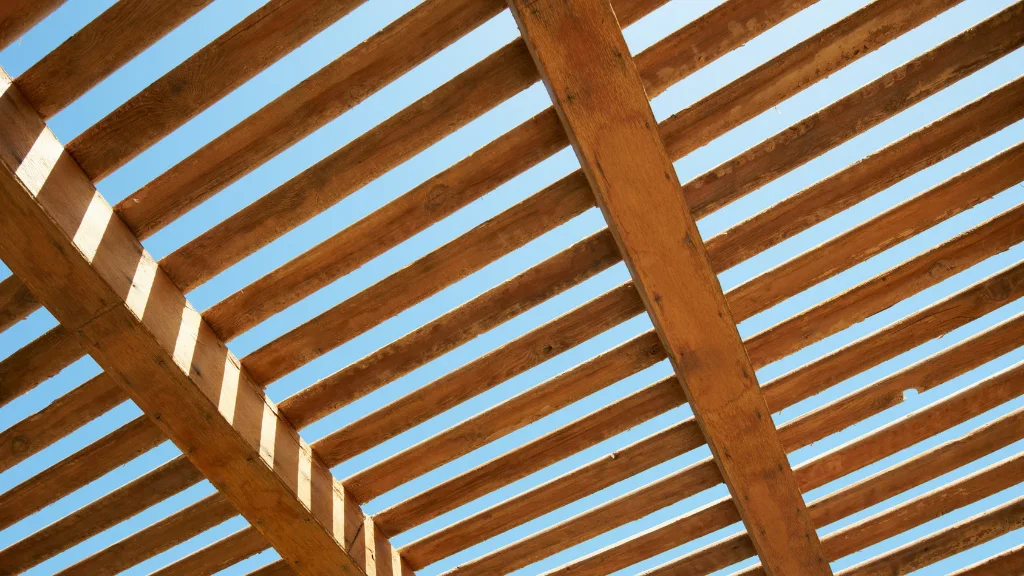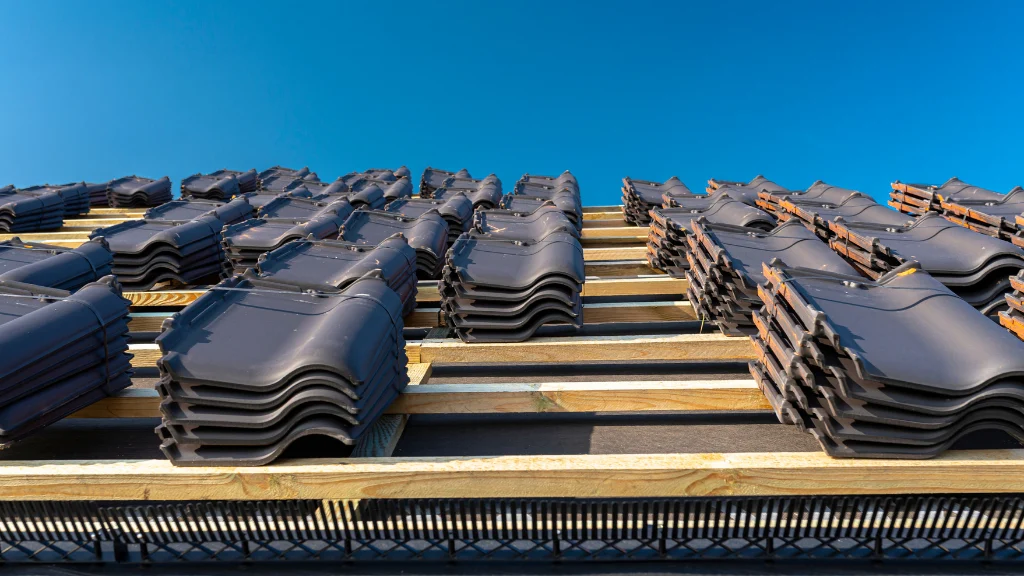
Are you curious about the lifespan of your roofing battens? As an essential component of any roof, it’s important to know how long they can last. In this article, we’ll dive into the factors that affect the longevity of roofing battens and give you an idea of how long you can expect them to last.
From weather conditions to the quality of materials, we’ll cover everything you need to know to ensure your roofing battens are in good shape for years to come. So, if you want to protect your roof and ensure its longevity, keep reading!
What Are Roofing Battens?
If you are planning to install a new roof or replace an old one, you may have heard of roofing battens. But what exactly are they?
Roofing battens are long, thin strips of material that are used to provide support for the roof covering. They are typically made from wood, metal, plastic, or composite materials, and are installed horizontally across the roof structure.
The main function of roofing battens is to provide a level surface for the roof covering to be attached to. They also help to create a gap between the roof covering and the roof deck, which allows for ventilation and helps to prevent moisture buildup.
In addition, roofing battens can help to improve the overall strength and durability of the roof.
The size and spacing of roofing battens can vary depending on the type of roof covering being used and the local building codes. For example, asphalt shingles may require a different batten spacing than metal roofing.
It is important to consult with a roofing professional to determine the appropriate size and spacing for your specific roofing project.
Overall, roofing battens are an important component of any roofing system. They provide support, ventilation, and protection for the roof covering, and can help to extend the lifespan of your roof.

Factors Affecting the Lifespan of Roofing Battens
When it comes to determining how long your roofing battens will last, there are several factors that come into play. In this section, we will take a closer look at some of the most significant factors that affect the lifespan of your roofing battens.
Climate and Weather Conditions
The climate and weather conditions in your region can have a significant impact on the lifespan of your roofing battens.
Extreme weather conditions such as high winds, heavy rain, and snow can cause damage to your battens, leading to a shorter lifespan. In areas with high humidity or frequent rainfall, the moisture can cause the battens to rot or deteriorate over time.
Type of Material Used
The type of material used to make your roofing battens can also affect their lifespan. Different materials have different levels of durability and resistance to weather conditions.
For example, battens made from treated timber or PVC are known to last longer than those made from untreated timber. Metal battens are also known for their durability and can last up to 60 years or more.
Installation Method
The installation method used for your roofing battens can also affect their lifespan. Proper installation is crucial for ensuring that the battens are secure and can withstand the weight of the roofing materials.
If the battens are not installed correctly, they may start to sag or warp over time, leading to damage to the roof structure and a shorter lifespan for the battens.
In conclusion, several factors can affect the lifespan of your roofing battens, including climate and weather conditions, the type of material used, and the installation method.
By taking these factors into consideration, you can ensure that your battens last for as long as possible, providing a sturdy and secure foundation for your roof.

How Long Do Roofing Battens Last?
When it comes to roofing battens, their lifespan varies depending on several factors, including the materials used, the installation method, and the weather conditions in your area. In this section, we’ll discuss the average lifespan of roofing battens and the signs that indicate it’s time to replace them.
Average Lifespan of Roofing Battens
Roofing battens are designed to last for several years, but their lifespan can vary widely depending on the type of material used. In general, wooden battens can last up to 30 years, while metal and plastic battens can last up to 60 years or more.
However, it’s important to note that the actual lifespan of your roofing battens will depend on several factors, including the quality of the material, the installation method, and the weather conditions in your area.
For example, if your roof is exposed to harsh weather conditions, such as heavy rain, snow, or wind, your battens may deteriorate more quickly.
Signs That Your Roofing Battens Need Replacing
To ensure that your roof is in good condition, it’s essential to keep an eye out for signs that your roofing battens need replacing. Here are a few common signs to watch out for:
- Cracks or splits in the battens
- Warping or bowing of the battens
- Rust or corrosion on metal battens
- Mold or mildew growth on wooden battens
- Loose or missing battens
If you notice any of these signs, it’s important to have your roofing battens replaced as soon as possible. Failing to do so could lead to further damage to your roof, as well as potential safety hazards.
In conclusion, the lifespan of roofing battens varies depending on several factors, but with proper maintenance and care, they can last for several years.
By keeping an eye out for signs of wear and tear, you can ensure that your roof remains in good condition and avoid costly repairs down the line.

Conclusion
In conclusion, the lifespan of roofing battens varies depending on various factors such as the materials used, construction method, and climate. However, most roofing battens are designed to last for several years.
When it comes to determining how long a specific batten will last, it’s essential to consider several factors. Generally, metal roofing battens have an anticipated protection of 50 years or more, while higher gauge metal roofs offer protection for 20 to 25 years. On the other hand, wood, plastic, or composite battens can last up to 60 years.
To ensure that your roofing battens last for as long as possible, it’s crucial to have them installed by a professional with a good reputation for quality workmanship. Additionally, it’s essential to maintain your roof regularly and inspect it for damage after severe weather events.
Overall, it’s important to consider the lifespan of roofing battens when planning a roofing project. By taking into account the materials used, construction method, and climate, you can make an informed decision about the best type of roofing batten for your needs.
